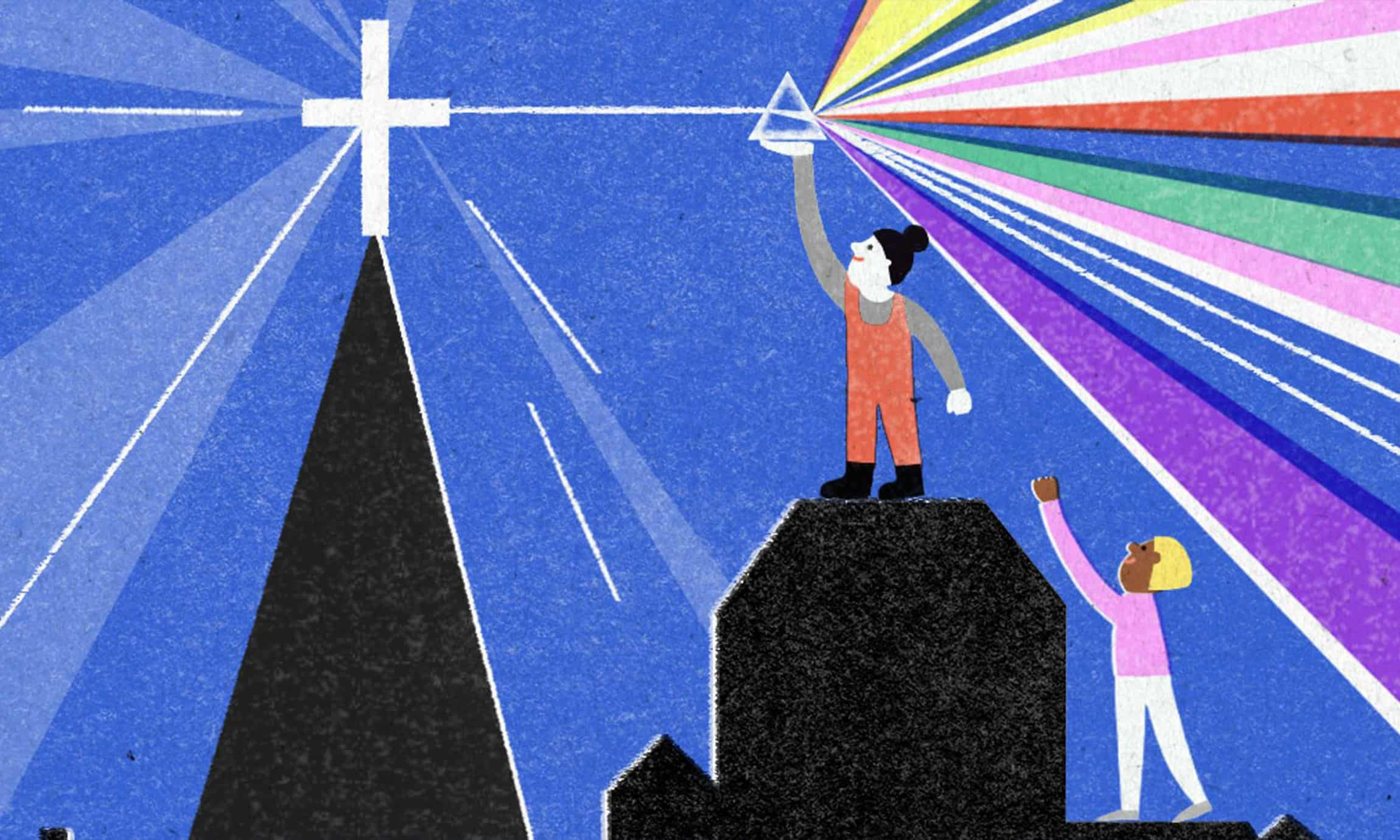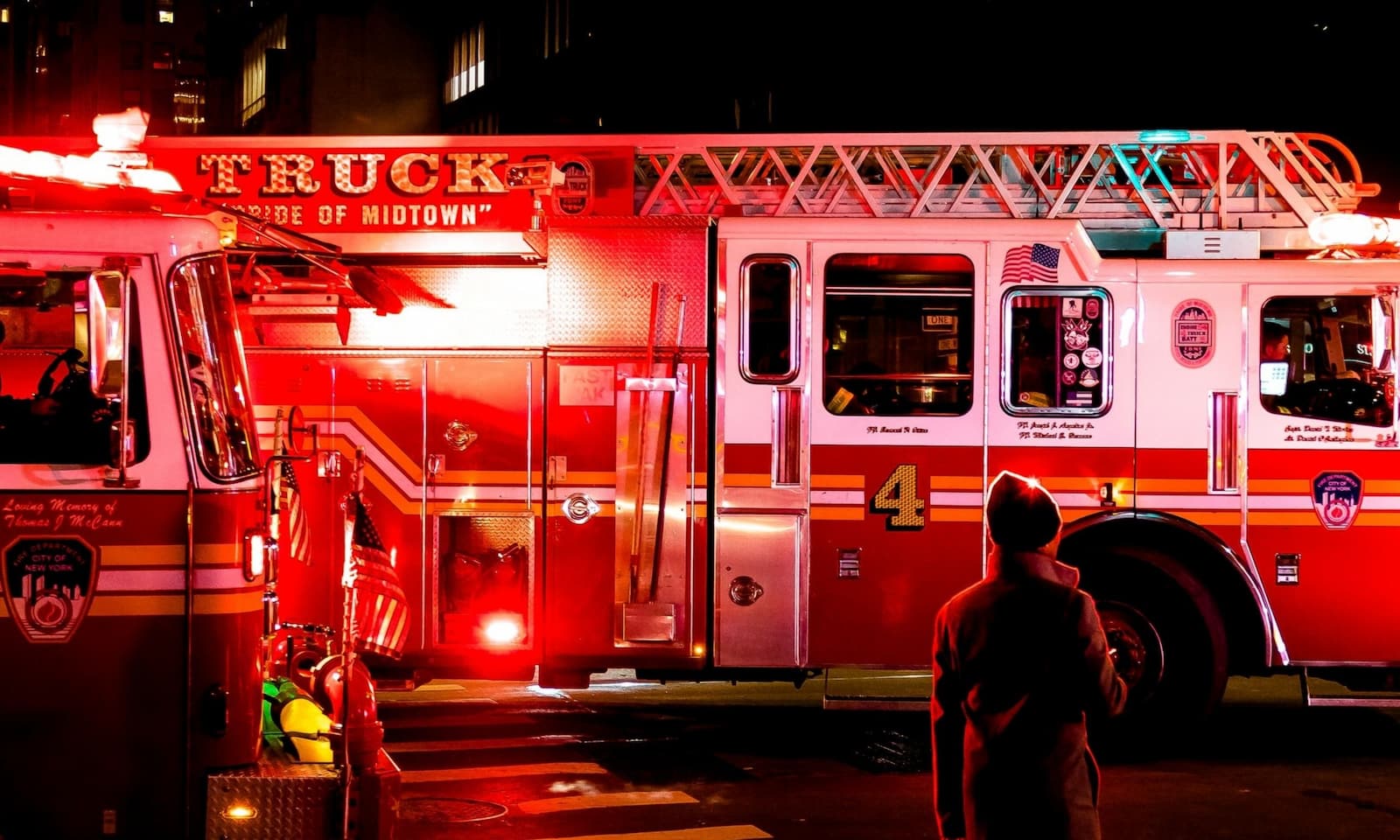
Haunting queers: Halloween from our bookshelves and TVs to the streets and dance floors!
Halloween being the most celebrated holiday within the queer community is nothing new. It has been the case ever since the holiday was widely popularized in the early to mid-twentieth century. In the ’50s and ’60s, Philadelphia’s LGBTIQ+ community would celebrate “bitches Christmas” (which coined current Halloween’s nickname of gay Christmas!), where people would cross-dress and party around the city’s bars in what could be considered sort of the first queer Halloween parade. The first official parade was held in 1973 in New York City’s Greenwich Village before being popularized across the US in the following years.
Those parades became the perfect (and only) time and place for queer people to be unapologetically flamboyant. Halloween was an opportunity to express their genders and sexualities boundlessly. At a time when cross-dressing was prohibited, Halloween was the sole day when walking around in drag was mostly safe. It was a day of transgressions of social norms, and it quickly became a long-awaited festivity for those who had to hide all year round.
But Halloween as a queer institution didn’t emerge solely from the opportunity it offered for queer individuals to express themselves freely. It goes even deeper and takes root in the history of the relationship between queer and horror.
Horror as a genre is about otherness and has always been a refuge for marginalized individuals and queer people in particular. As horror often reflects cultural anxieties, queerness has also been portrayed through the genre’s lens, for the better but mostly the worse, making villains and monsters the sole queer representation for the longest time. As it was first explored by Harry Benshoff in “Monster in the Closet”, the depictions of Halloween monsters have mirror changed in societal attitudes towards queer individuals and gay men in particular. In his book, he highlights how in the nineteenth century, the homosexual was perceived distinctly from others, seen as a perverse monster. This perception is evident within the horror genre, in which villains are often what we call now “queer-coded”. The male villains are well-dressed with flamboyant outfits, have “feminine” mannerisms, and express no interest in women. This representation gradually changed as the perception of homosexuals changed too, from being monstrous figures with an implied queerness (think Ursula or Jafar) to not-so-villain characters being overtly LGBTIQ+. A good example of the latest is “The Rocky Horror Picture Show”, which plays with the interconnections of horror and queerness to the point of being a cult classic for the community.
This representation was the only one given to many generations of queers, and they learned to play with it. Queer communities reappropriated the role that was imposed on them, claimed freakiness, and celebrated it. Horror and freak are now used as a form of resistance again sexual and gender norms, and it’s only right to do so. It’s not surprising that we now have so many ostensibly queer horror movies being produced, the genre being gradually invested by LGBTIQ+ people. And it’s no wonder that queer people now excitingly wait for each new Halloween.
If we now have plenty of queer horror movies to watch and queer Halloween parties to attend, bringing back the Halloween parades would be the cherry on the cake. To claim freakiness is to be uncomfortably visible to the society that keeps labeling queers as villains and bringing back a queer Halloween on the streets would be the perfect time to do so. But in the meantime, whether it is by showing off your best costume on the dancefloor or by re-(re-re-re) watching the Rocky Horror Picture show, we hope you enjoy your queer Halloween!
Nothing to watch on Halloween night? The four-part documentary “Queer for Fear” will give you a more profound and better understanding of the evolution of horror through a queer lens!









































































